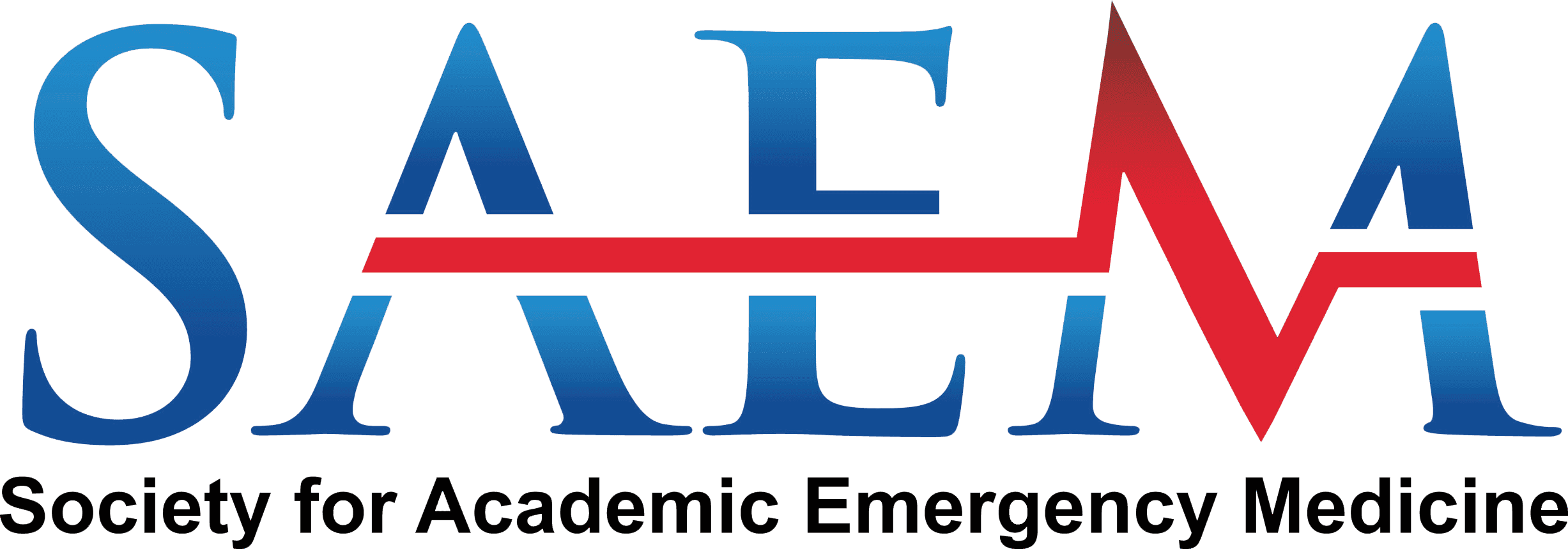CBME in Emergency Medicine
While the Royal College of Physicians of Canada has mandated implementation of competency-based medical education (CBME) among all specialties, there is not a similar consensus in the U.S. The American Board of Medical Specialties (ABMS) has yet to take a position, leaving individual specialty boards to make their own decisions regarding CBME. Some specialties like Pediatrics and Surgery have embraced CBME, while others have not. For emergency medicine (EM) in the U.S., ABEM has endorsed CBME in principle, and a large-scale pilot project is currently underway, but there is yet to be a plan for its universal adoption. This leaves if and how to implement CBME to the discretion of individual U.S. residency programs.
Emergency Medicine CBME in Canada
One prominent example is the McMasters Modular Assessment Program (McMAP): McMaster University’s EM residency program developed a programmatic assessment system that aggregated data from direct observation of EM residents using 42 different workplace-based assessment tools, and mapped them to a global competency framework. This led to significant improvements in the quality of clinical evaluation reports, and greater confidence in competency decisions by faculty. Overall, residents reported significant improvements in the quantity and quality of feedback they received under McMAP, and greater understanding of their learning needs. They noted some variability in faculty skill and engagement in this process, but generally found it beneficial.
The U.S. Emergency Medicine CME Pilot
The current U.S. pilot project is funded by the American Medical Association’s “Reimagining Residency” initiative, and runs until 2026. It involves ten EM residency programs across the U.S., with several more in the process of onboarding. The pilot uses the 22 entrustable professional activities (EPAs) listed below as its primary outcome competencies. These EPAs were developed via a rigorous expert consensus process, with input from panels of faculty, residents, and patients/families. It should be noted that these EPAs were developed specifically for the pilot project, and have not been formally adopted by national EM organizations.
- Initiate treatment for a patient requiring emergent/immediate intervention.
- Lead the resuscitation of a critically ill or injured patient.
- Obtain and interpret a focused history using data from all necessary sources.
- Perform and interpret a focused physical examination.
- Create and prioritize a differential diagnosis.
- Order and interpret diagnostic tests.
- Apply best available evidence to guide patient care.
- Manage clinical or diagnostic uncertainty when caring for patients.
- Utilize observation and reassessment to guide decision making.
- Develop and implement an appropriate disposition and aftercare plan.
- Perform the diagnostic and therapeutic procedures of an emergency physician.
- Provide invasive and noninvasive airway management.
- Perform and interpret point-of-care ultrasound.
- Perform procedural sedation.
- Implement pharmacologic and therapeutic management plans.
- Provide palliative and end-of-life care for patients and their families.
- Document the ED encounter.
- Communicate with other health care professionals about patient care.
- Communicate with the patient, family, and caregivers.
- Provide supervision or consultation for other health care professionals.
- Manage the ED flow to optimize patient care.
- Fulfill professional obligations and adhere to professional standards.
For residents in programs participating in the pilot, performance of these EPAs is measured repeatedly over the course of their training. Entrustability to perform each EPA is rated using this entrustment scale, modified from the Ottawa Surgical Competency Operating Room Evaluation (O-SCORE):
- I had to do it (requires constant and direct supervision, and myself or another’s hands-on action for completion)
- I helped a lot (requires considerable direct supervision and myself or other’s guidance for completion)
- I helped a little (requires minimal direct supervision or guidance from myself or others for completion)
- I needed to be there but did not help (requires indirect supervision or guidance by myself or others)
- I didn’t need to be there at all (does not require any supervision and no guidance from myself or others)
The pilot has been successful in significantly increasing the number of assessment data points available for each resident, with favorable ratings by residents and faculty on both the process and the increased availability of performance feedback. The EM EPAs have been fully mapped to the EM Milestones, and are used by participating institutions as the cornerstone of Clinical Competency Committee deliberations.
Want to Learn More?
The SAEM25 Consensus Conference on Competency-Based Training and Certification will develop a research agenda aimed at advancing the study of CBME across emergency medicine.
Learn More